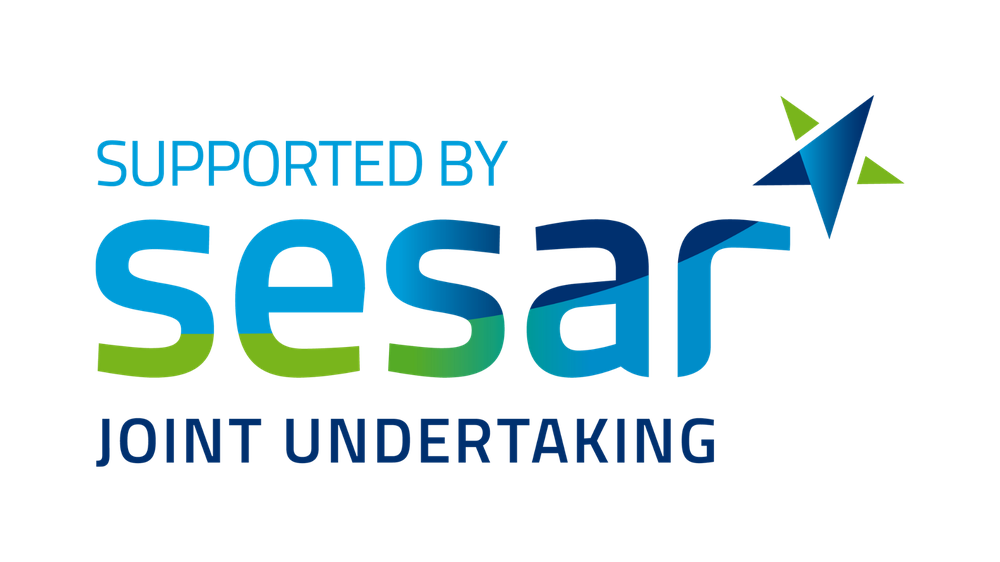Solution Description
The solution aims at enabling more environmentally friendly and more predictable flight profiles in the Terminal Area (TMA), namely on approach, by supporting the pilots in configuration management. Arrivals and departures at busy and/or complex airports are very often less noise and fuel efficient than possible due to rigid vertical and speed constraints imposed on the flight profiles by ATC, but also due to lack of support to the pilots by existing Flight Management System (FMS) functions for dealing with these constraints under actual weather conditions in the optimum way.
As a consequence, the adequacy of actual flown procedures depends very much on the individual pilots' skills, but also on their access to information such as prevailing wind situation and ATC intents.
The solution analyses the impact of the current mismatch of aircraft and ATC procedures on flyability and environmental impact based on real-world data and proposes amendments to on-board and ground procedures including the identification of necessary technical and regulatory enablers. The ecological and economical potential of the proposed improvements, including the prediction of 4D Trajectories, is quantified through analysis and early prototype simulation of a newly designed configuration management functionality for the FMS that optimises the high-lift system sequencing during the approach. The solution is applicable to any FMS-equipped fixed-wing aircraft, i.e. virtually all business and commercial aeroplane types flying today.

SESAR 3 Joint Undertaking

Council of Europe
This project has received funding from the SESAR Joint Undertaking under the European Union's Horizon 2020 research and innovation programme under grant agreement No 893568.
Copyright DYNCAT Consortium 2020-2022. All rights reserved. Licensed to the SJU under conditions.




